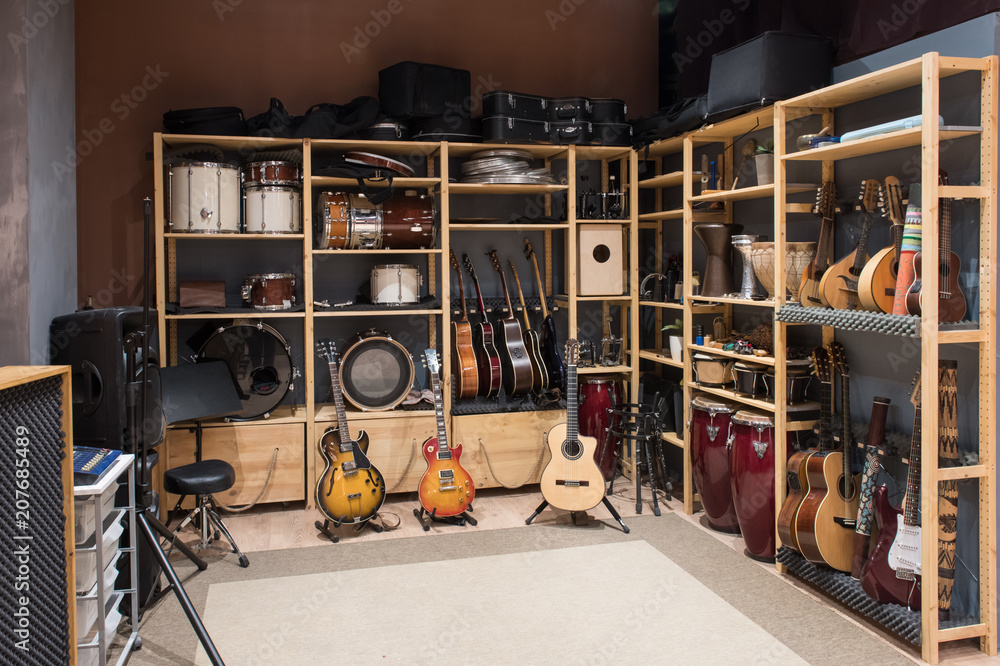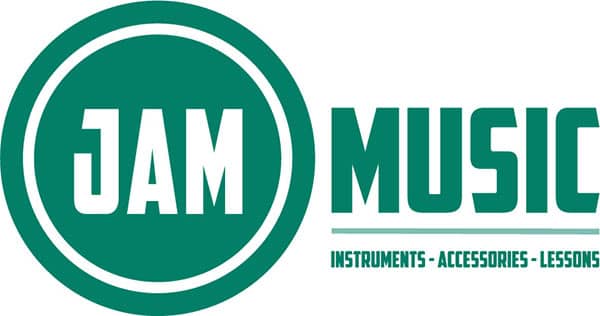How to Choose the Perfect Instrument for Beginners

Starting your musical journey is exciting, but choosing the right instrument can feel overwhelming, especially for beginners. With so many options available, it’s essential to pick an instrument that suits your interests, goals, and lifestyle. Here’s a guide to help you make the best choice.
1. Follow Your Passion
The first step in selecting an instrument is to consider what excites you. Are you drawn to the soulful sound of a guitar, the rhythmic beat of a drum, or the elegance of a piano? Passion is a great motivator when learning an instrument, so go with something that truly sparks your interest.
2. Assess Your Budget
Musical instruments come in a wide range of prices. Beginners might not want to invest heavily upfront, so it’s worth exploring affordable entry-level options or even renting an instrument. For example:
Guitars and ukuleles are budget-friendly and widely available.
Keyboards can be a cost-effective alternative to full-sized pianos.
Second-hand instruments can also offer great value.
3. Consider Your Space and Lifestyle
Some instruments require more room and setup than others. If you live in a small apartment, a portable instrument like a keyboard or ukulele might be more practical than a drum kit. Similarly, if you need to practice quietly, an electric guitar with headphones or a digital piano can be great options.
4. Think About Ease of Learning
Some instruments are easier for beginners to pick up than others. For instance:
The ukulele is a popular choice for its small size, simplicity, and cheerful sound.
Keyboards and pianos have a straightforward layout, making it easy to learn the basics.
Percussion instruments, like the cajón or bongos, are excellent for those interested in rhythm.
5. Research and Try Before You Buy
Take some time to research different instruments and visit your local music shop to try them out. Staff at music stores, like Jam Music, can offer valuable advice and guide you toward the best fit for your needs. Feel the weight, test the sound, and see what feels comfortable in your hands.
6. Factor in Maintenance and Accessories
Some instruments require more upkeep than others. For example:
Acoustic guitars may need regular string changes.
Brass and woodwind instruments require cleaning and maintenance kits.
Drums and percussion might involve replacing drumheads occasionally.
Be sure to account for these additional costs when making your decision.
7. Consider Lessons and Resources
Learning an instrument often involves lessons, whether in-person or online. Some instruments, like guitars and keyboards, have an abundance of free tutorials and apps to help you get started. Others, like violins or saxophones, may benefit from professional instruction to master technique. At Jam Music, we offer personalized music lessons to help beginners build confidence and skill on their chosen instrument. Our experienced instructors tailor each session to your learning pace, ensuring you stay motivated and enjoy the process.
8. Keep Long-Term Goals in Mind
Think about where you want your musical journey to take you. Are you looking to join a band, play casually for friends, or pursue music professionally? Your goals can influence your choice—for example, a drum kit might be ideal for someone eyeing a future in rock bands, while a piano suits classical ambitions.
Final Thoughts
Choosing your first instrument is a personal decision that depends on your interests, budget, and circumstances. Remember, there’s no wrong choice—every instrument opens the door to creativity and self-expression.
At Jam Music, we’re here to help you get started. Explore our range of beginner-friendly “Jam Packs” that include everything you need to start playing. We also offer music lessons tailored to your chosen instrument, with experienced instructors ready to guide you every step of the way. Visit us in Naas or check out our website to kick off your musical adventure!
